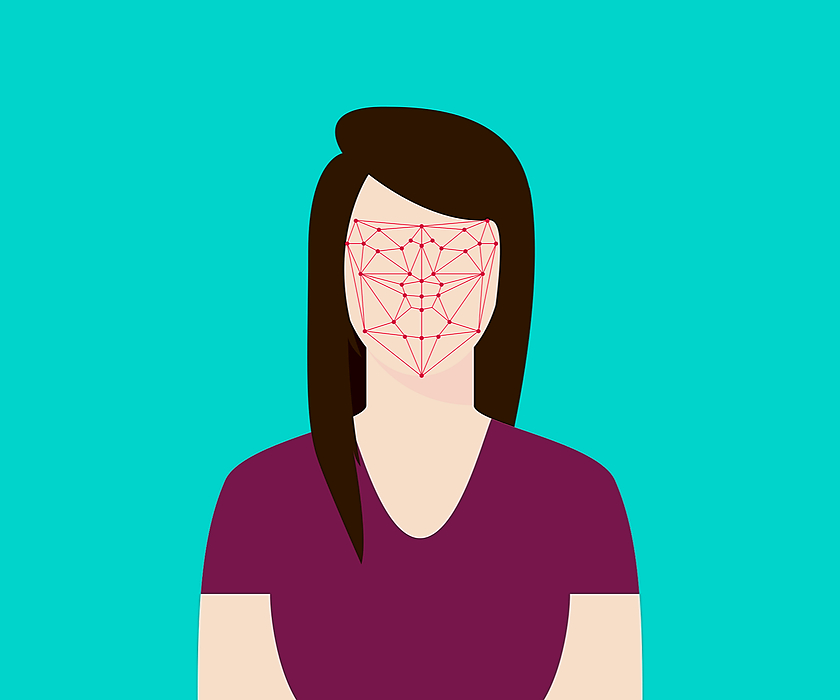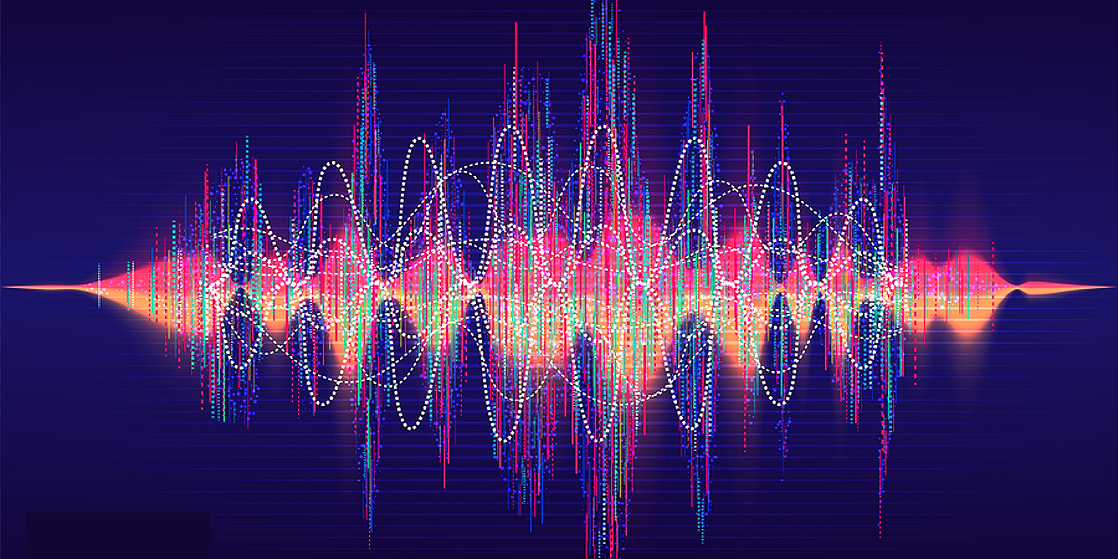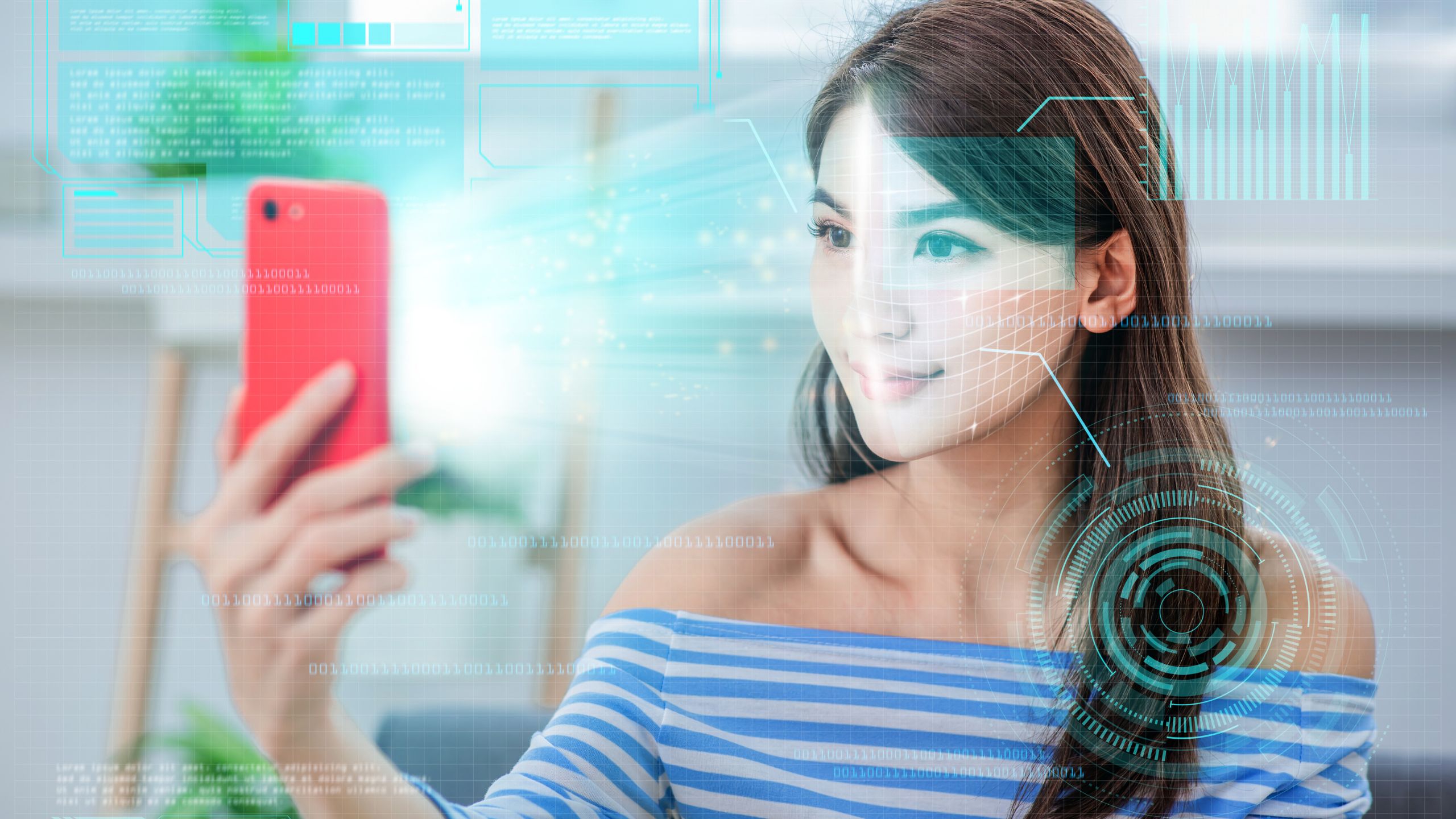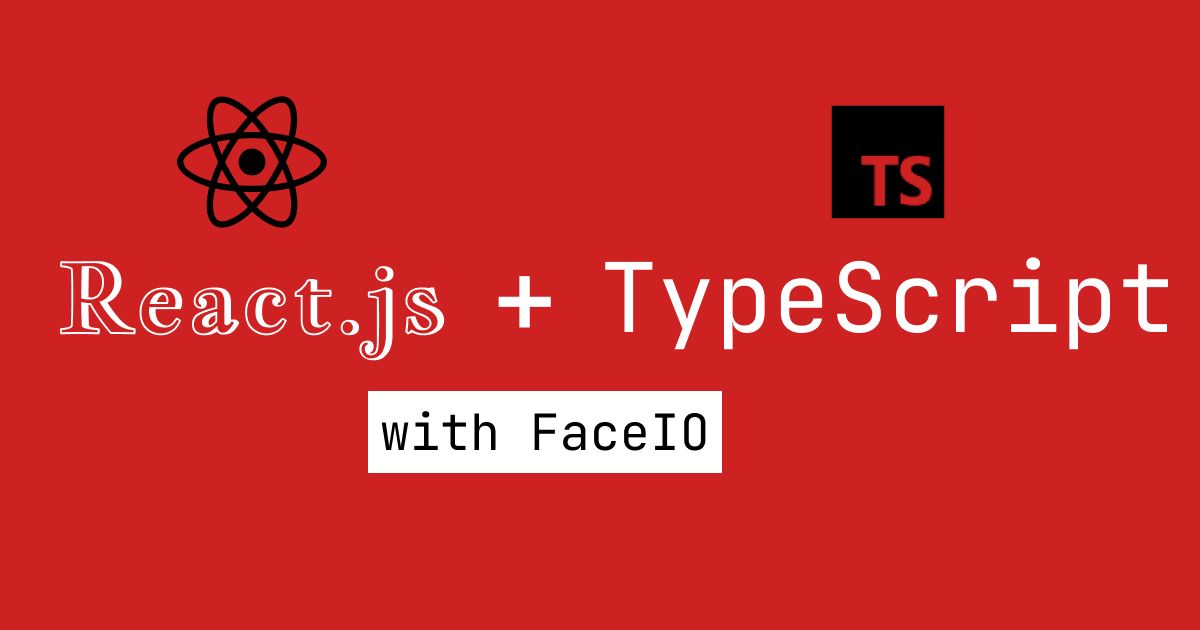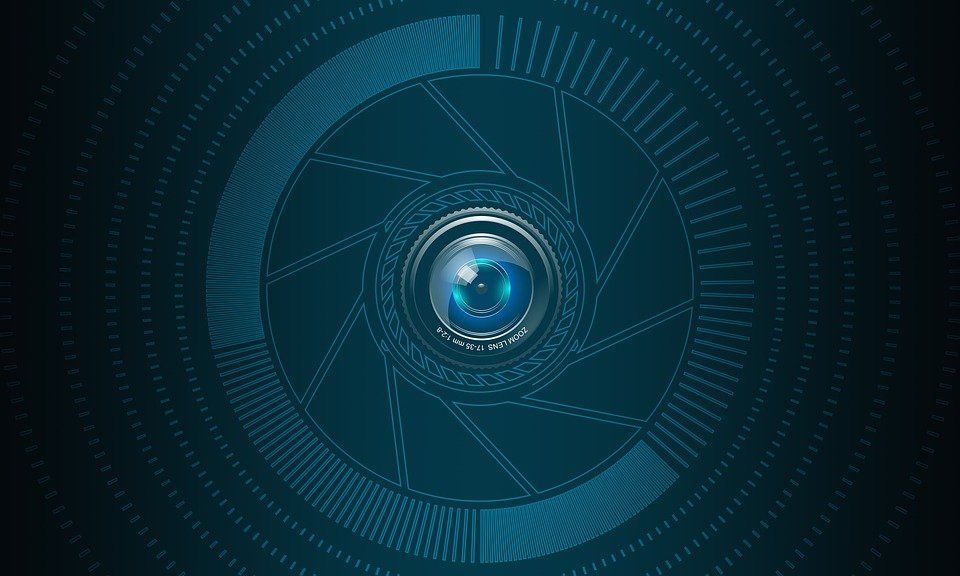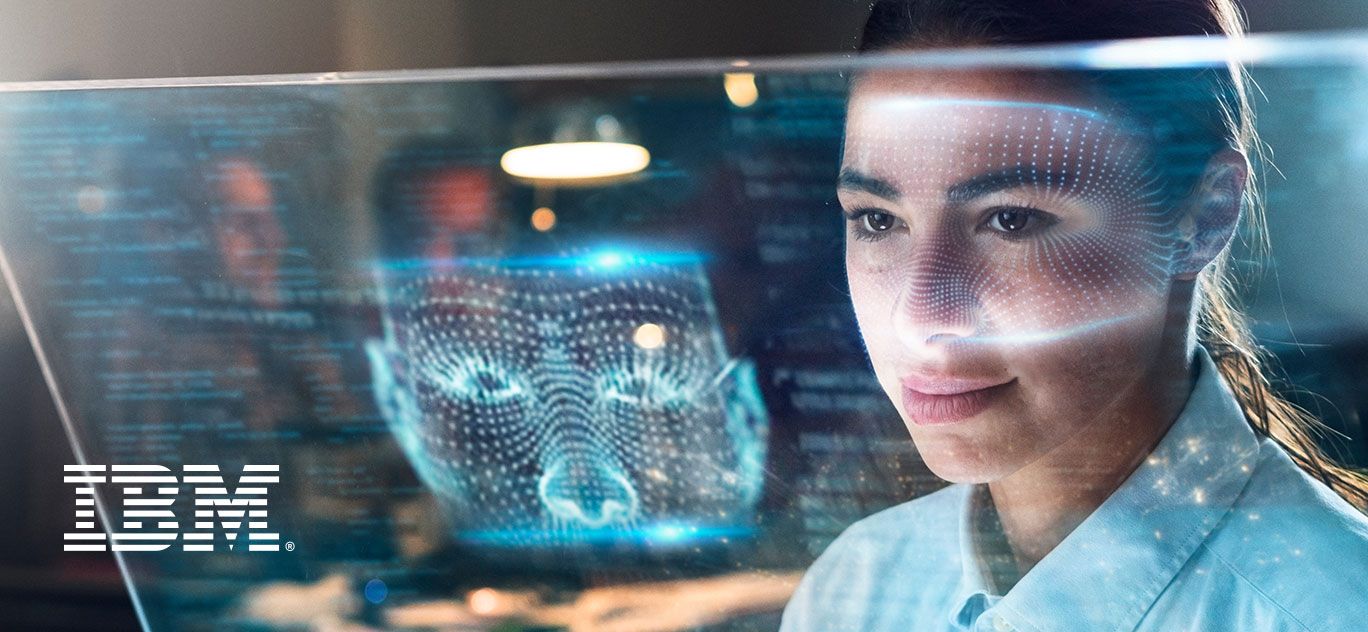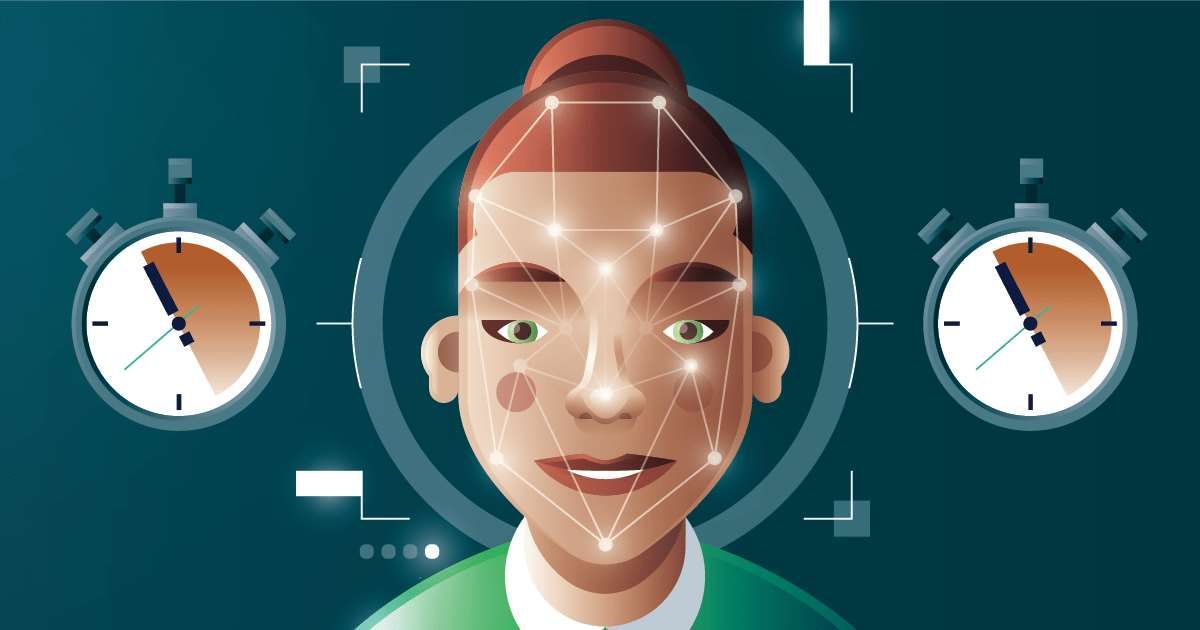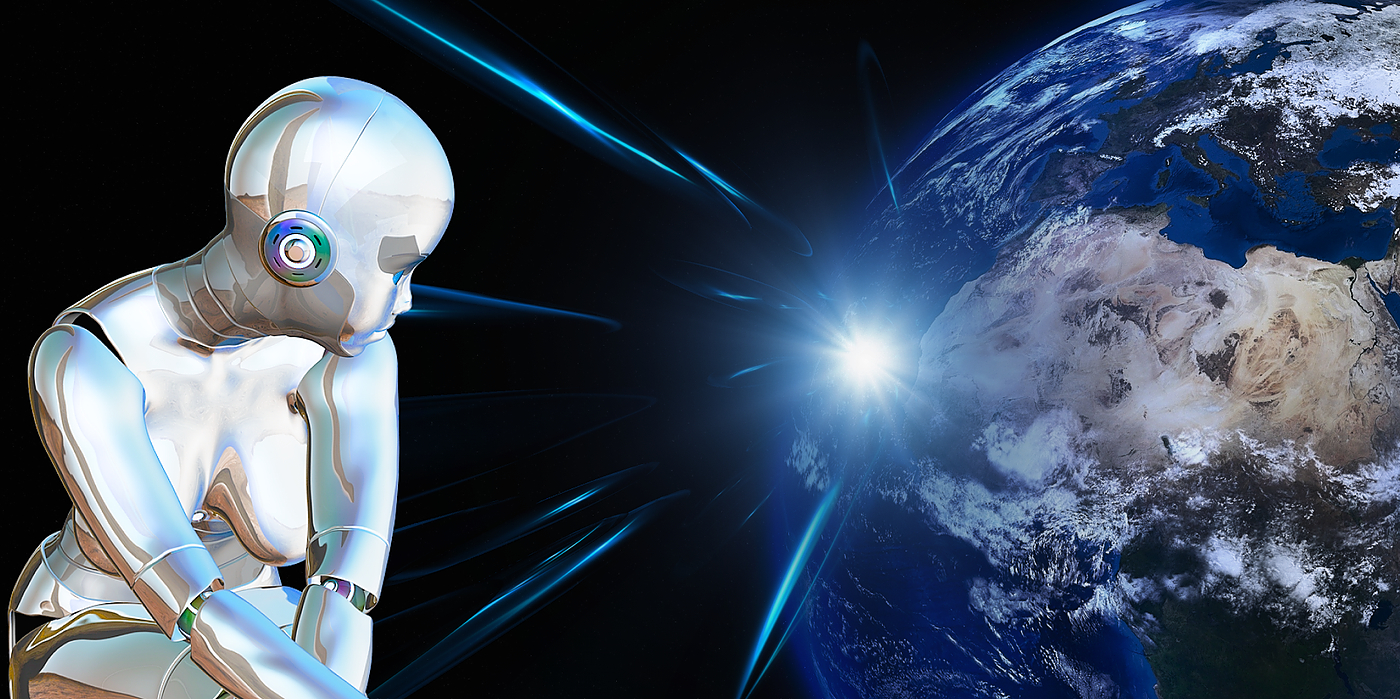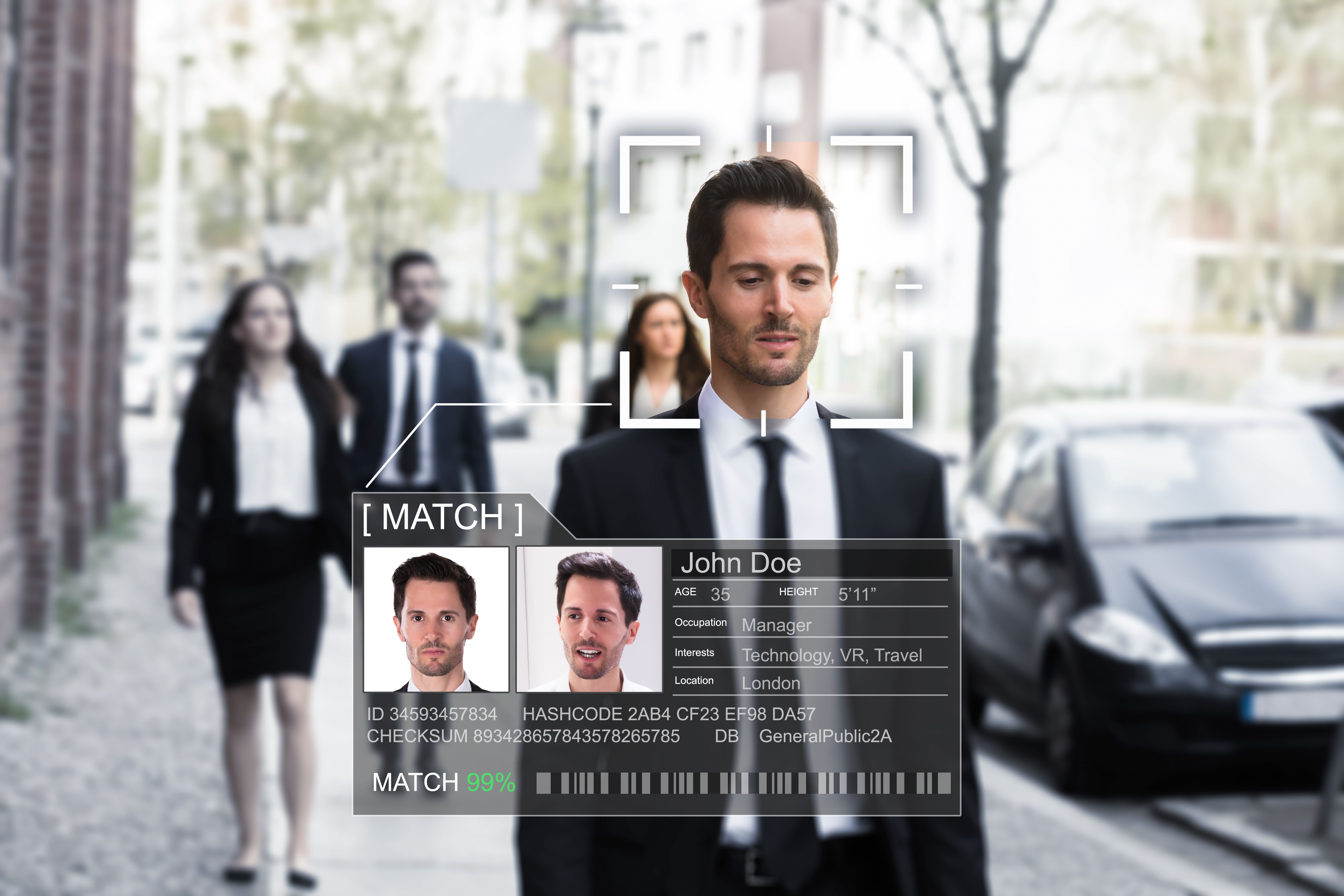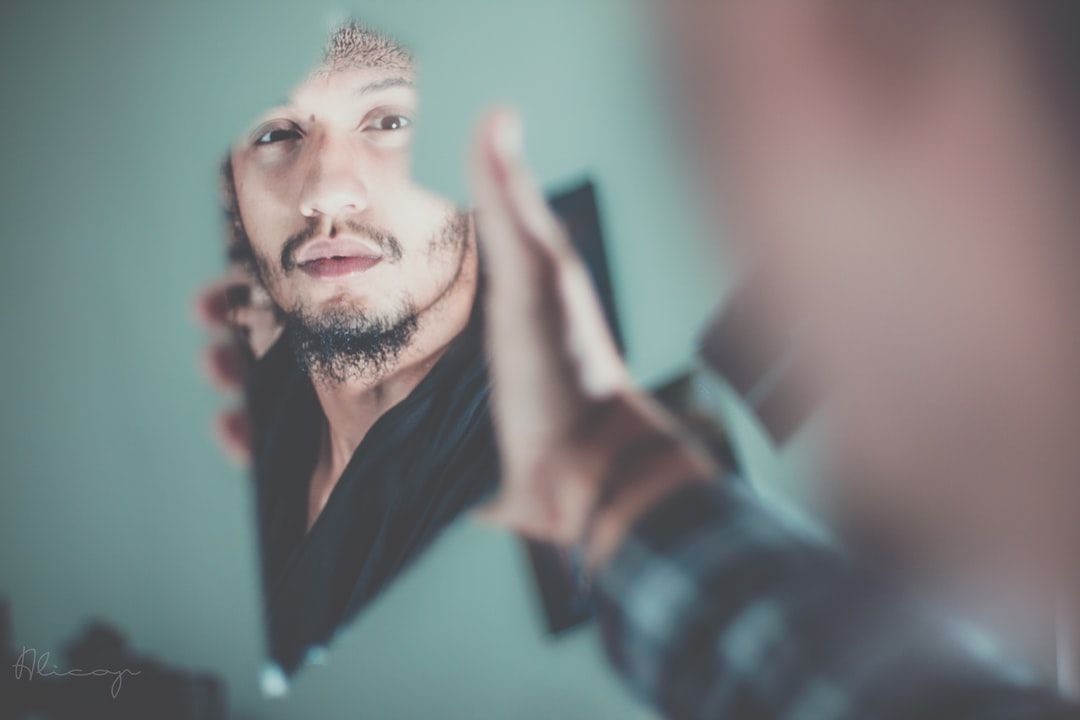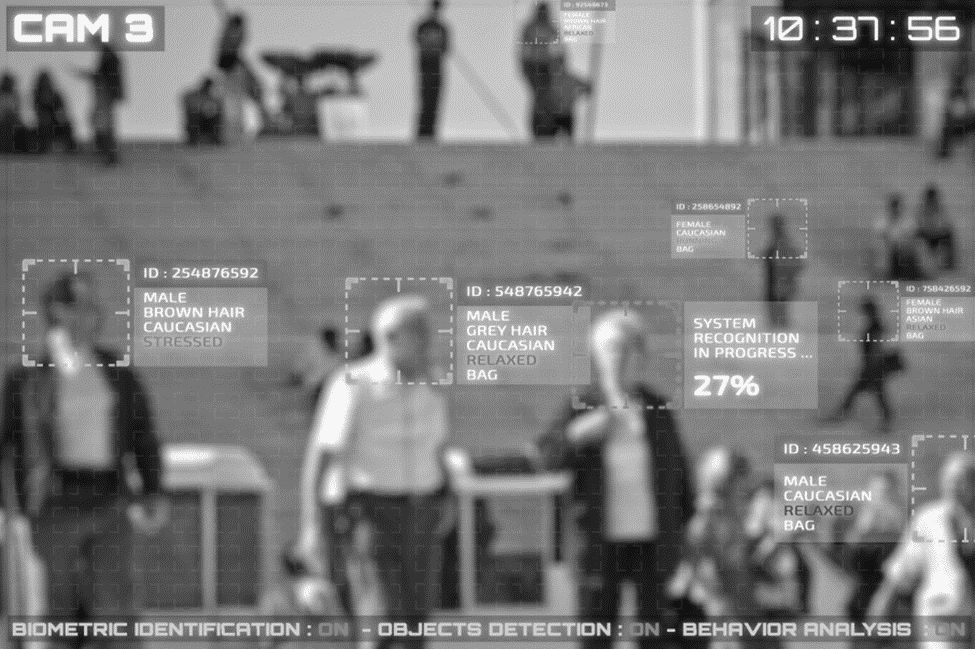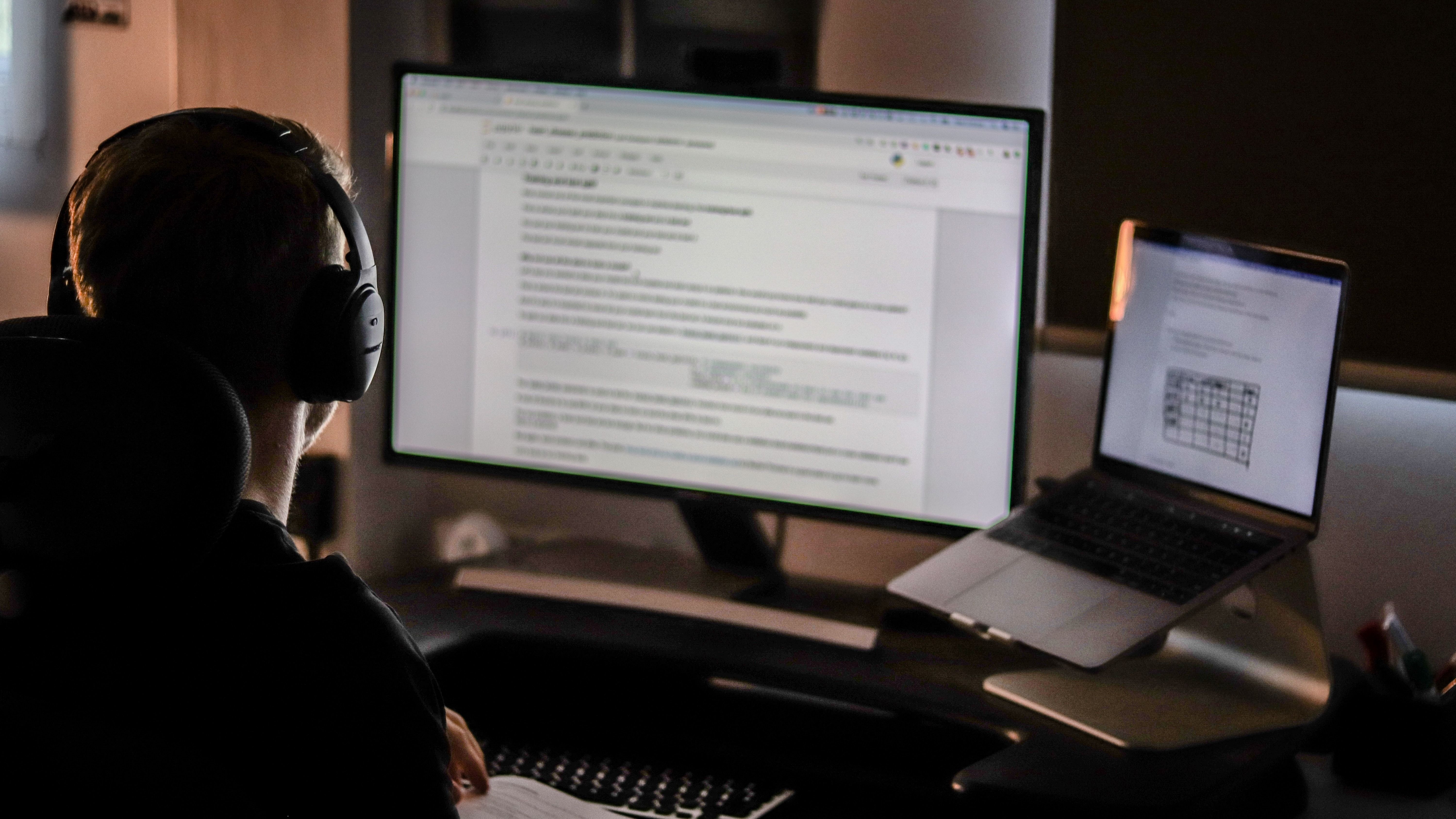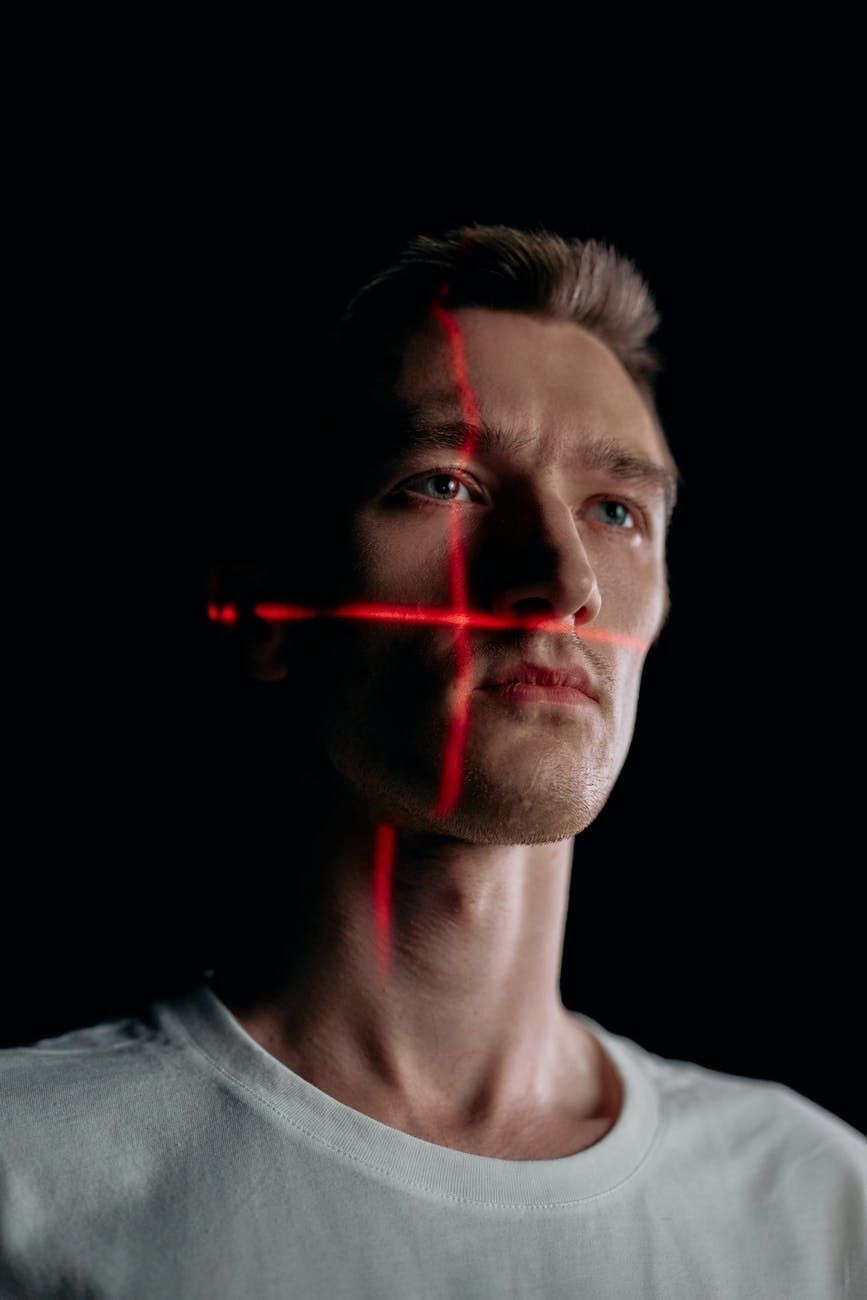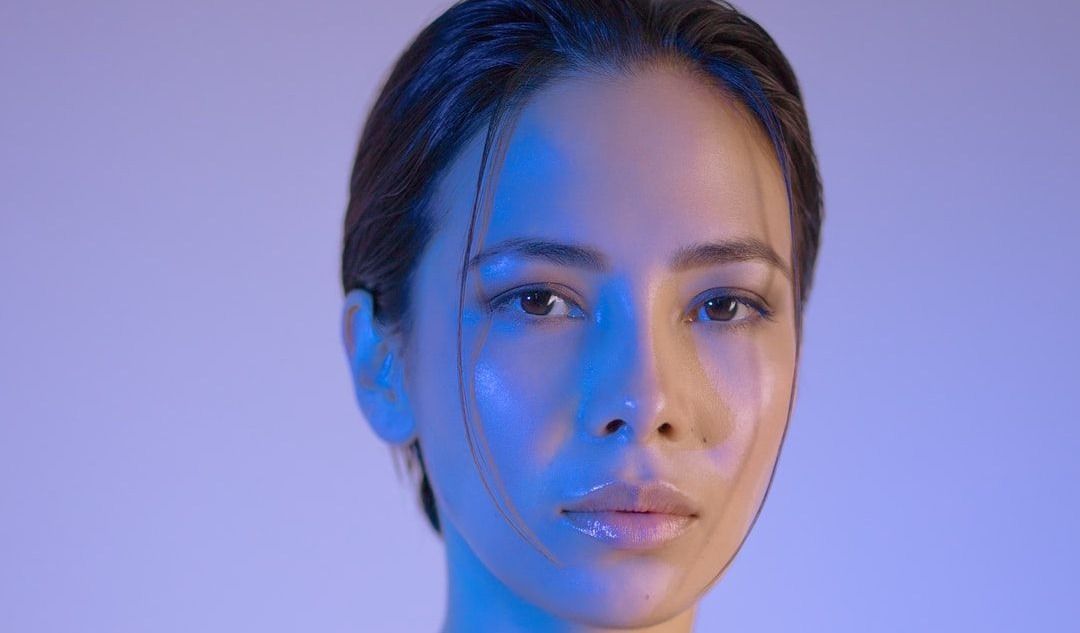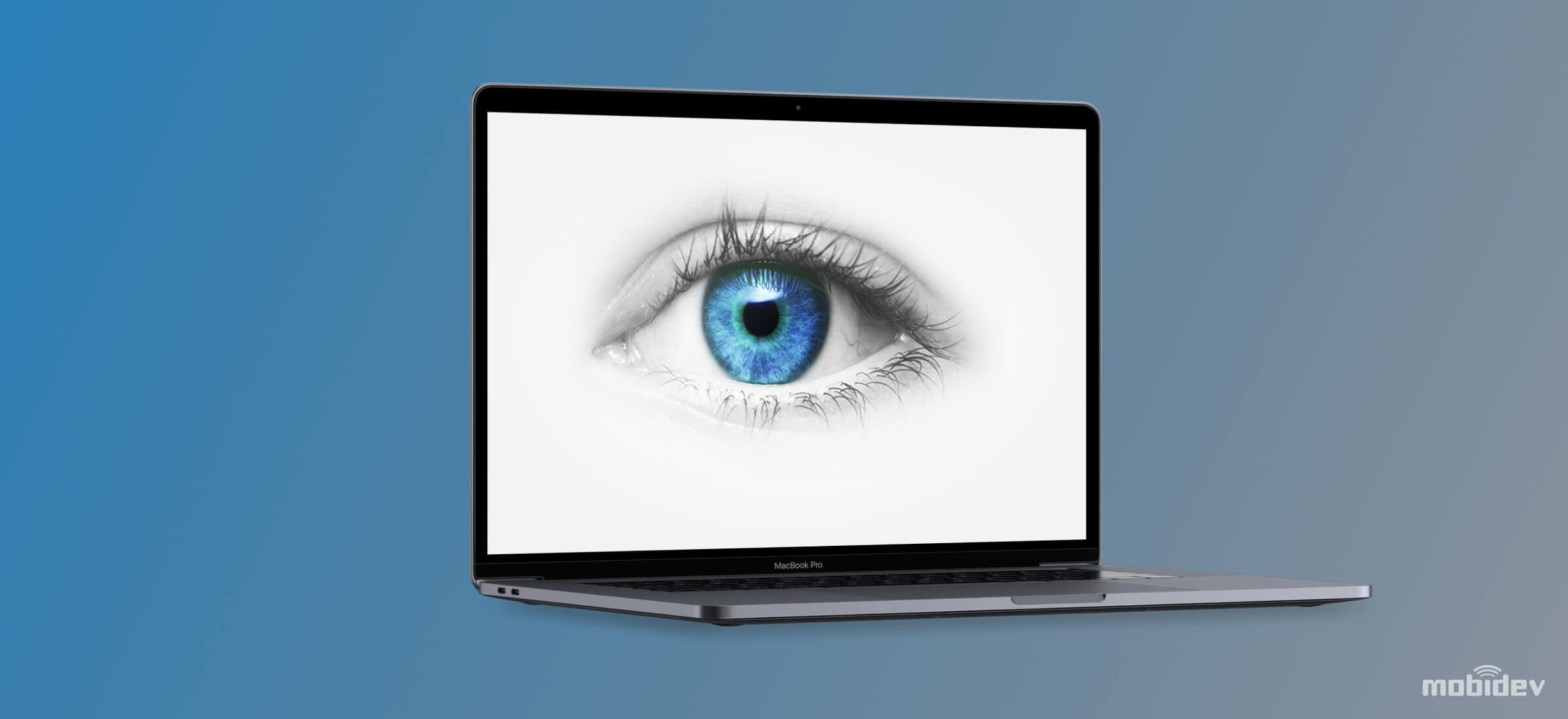
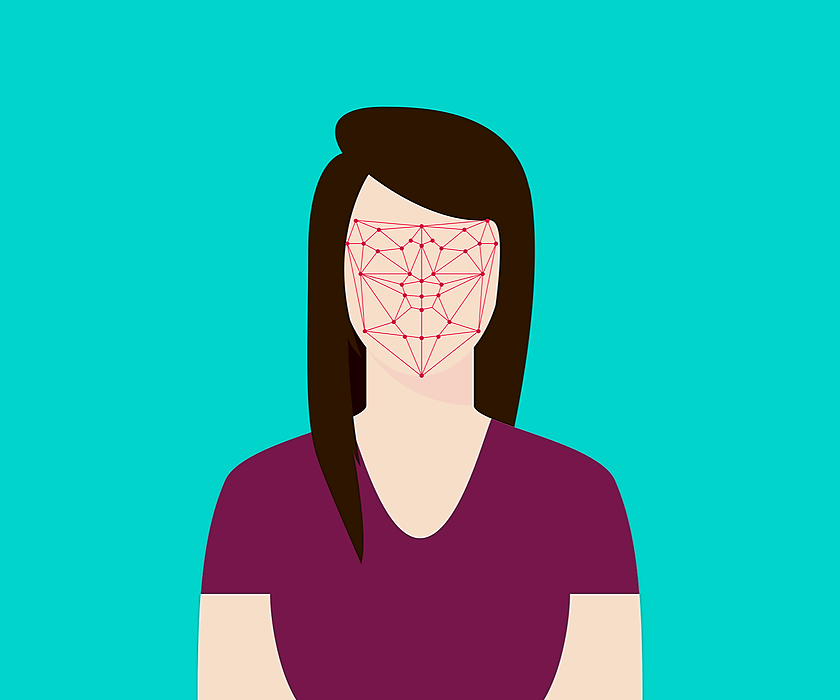 The travel industry has been transformed by the use of facial detection algorithms streamlining processes and reducing hassle at different checkpoints. Airports, train stations and hotels have done away with long cues that required people to submit identity documentation and have them manually verified by officials. The whole process is being humanised by minimizing security processes and make the airport experience smoother.
The travel industry has been transformed by the use of facial detection algorithms streamlining processes and reducing hassle at different checkpoints. Airports, train stations and hotels have done away with long cues that required people to submit identity documentation and have them manually verified by officials. The whole process is being humanised by minimizing security processes and make the airport experience smoother.
 Voice is one of several unique, innate, and immutable biometric identifiers. Other identifiers include retinal scans, iris scans and facial geometry scans. As technology evolves, so does the public’s concern regarding issues of privacy. Consider, for example, the turmoil DNA evidence introduced to our legal system in the late 1990’s, or, the controversial introduction of fingerprint evidence in the 1910 murder trial of Clarence Hiller in Chicago, Illinois.
Voice is one of several unique, innate, and immutable biometric identifiers. Other identifiers include retinal scans, iris scans and facial geometry scans. As technology evolves, so does the public’s concern regarding issues of privacy. Consider, for example, the turmoil DNA evidence introduced to our legal system in the late 1990’s, or, the controversial introduction of fingerprint evidence in the 1910 murder trial of Clarence Hiller in Chicago, Illinois.
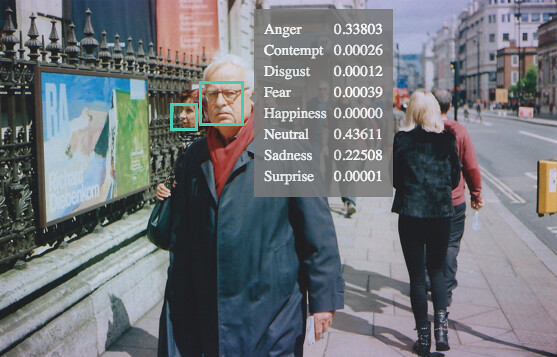 There have been a number of articles published on Hackernoon which have either supported or discouraged the mass adoption of facial recognition technology.
There have been a number of articles published on Hackernoon which have either supported or discouraged the mass adoption of facial recognition technology.
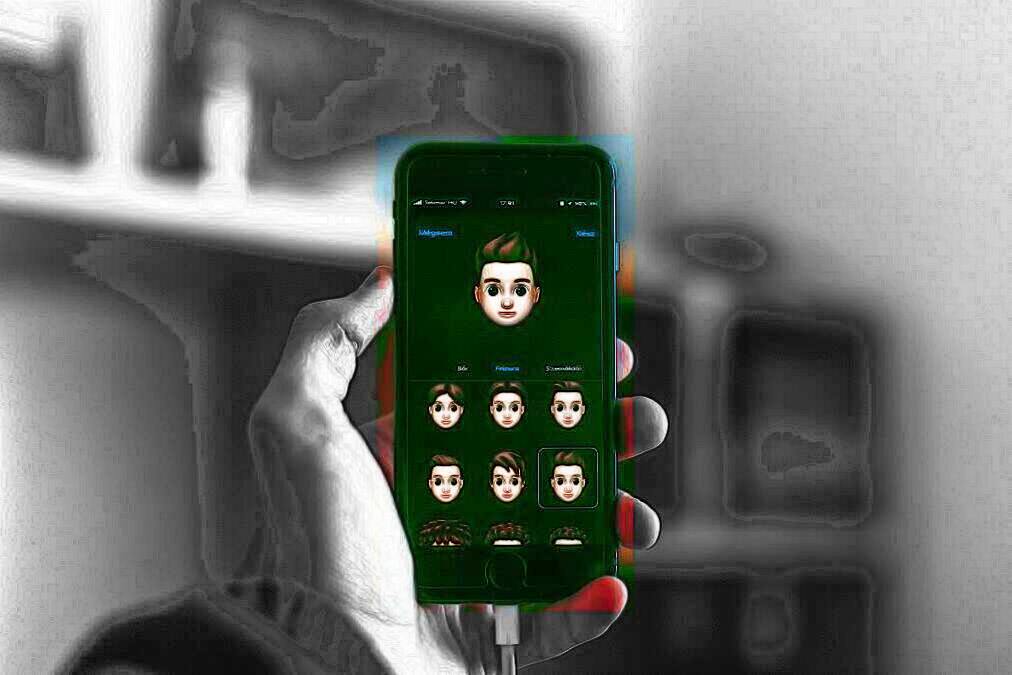 In recent years, the payments industry has been actively putting the “Less paperwork” slogan into practice. Even before the Covid-19 pandemic, process automation was going full steam ahead, but now the coronavirus seems to make it soar even higher. I spoke to Alexander Kaufher, xpate Head of AML (Anti-Money Laundering Department), to figure out how identity-verification automation is working and why electronic identification will be used for up to 90% of all applications in 5 years.
In recent years, the payments industry has been actively putting the “Less paperwork” slogan into practice. Even before the Covid-19 pandemic, process automation was going full steam ahead, but now the coronavirus seems to make it soar even higher. I spoke to Alexander Kaufher, xpate Head of AML (Anti-Money Laundering Department), to figure out how identity-verification automation is working and why electronic identification will be used for up to 90% of all applications in 5 years.
 Facial recognition, is one of the largest areas of research within computer vision. This article will introduce 5 face recognition papers for data scientists.
Facial recognition, is one of the largest areas of research within computer vision. This article will introduce 5 face recognition papers for data scientists.
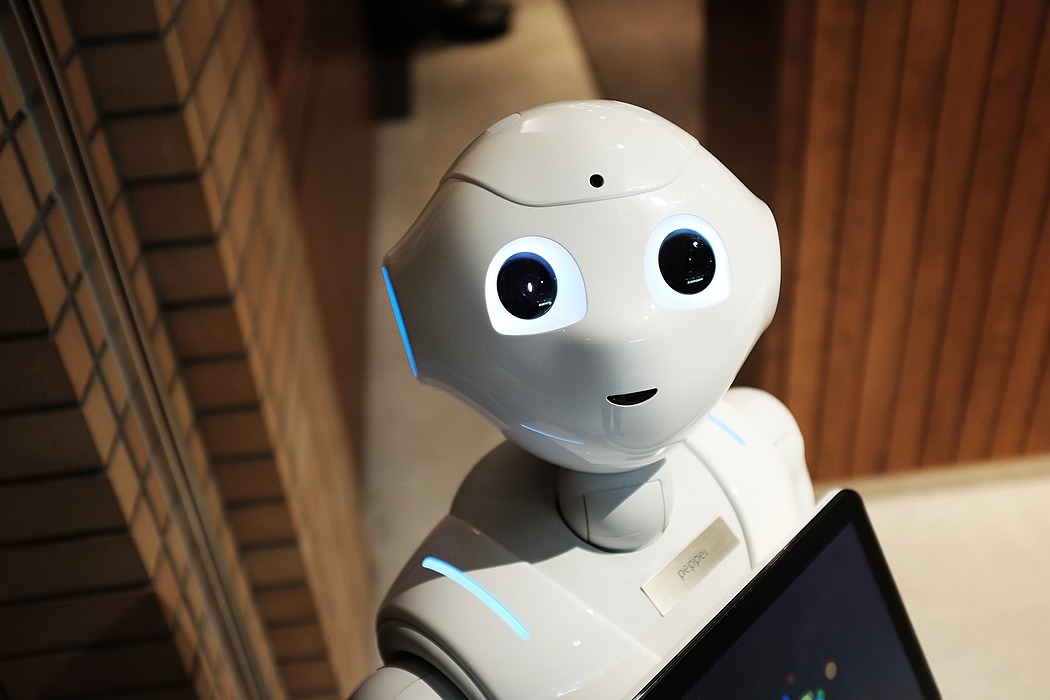 Fifty years ago, computers couldn't do much other than mathematical calculations - they just weren't powerful enough. Today, they can do just about anything. Even your mobile phone is powerful enough to process video in real-time to track objects. I'm talking about computer vision, and we've only begun to find applications for this technology.
Fifty years ago, computers couldn't do much other than mathematical calculations - they just weren't powerful enough. Today, they can do just about anything. Even your mobile phone is powerful enough to process video in real-time to track objects. I'm talking about computer vision, and we've only begun to find applications for this technology.
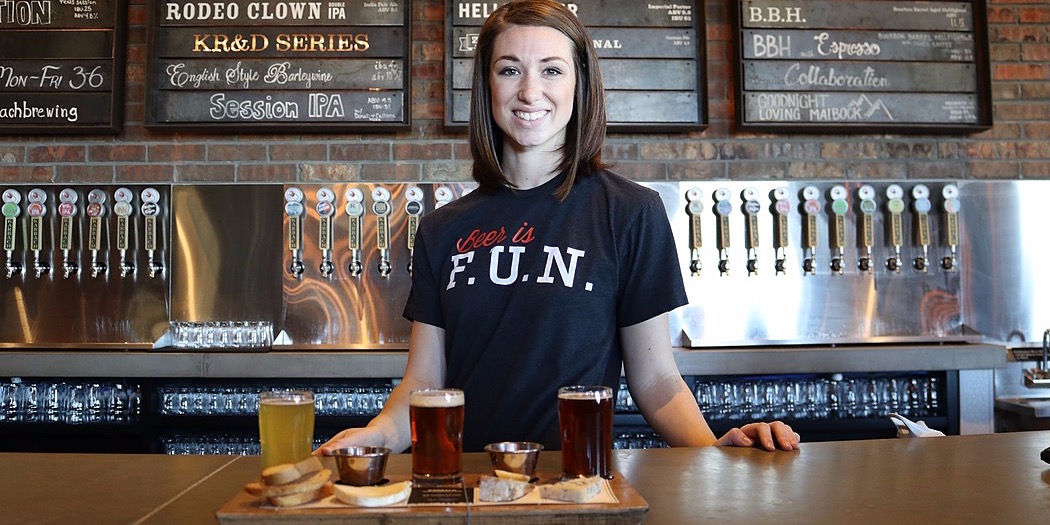 Whether you are craving a burger or Chinese food tonight, there is no need to reach for your wallet or phone to buy it. Food vendors in California are embracing facial recognition — technology that lets you pay with a smile.
Whether you are craving a burger or Chinese food tonight, there is no need to reach for your wallet or phone to buy it. Food vendors in California are embracing facial recognition — technology that lets you pay with a smile.
 Coronavirus outbreak has trembled the world with global cases reaching 182,742 with death toll crossing 7,174. This outbreak has affected the world catastrophically. Scientists have galvanized in order to find a vaccine against this virus, and a lot of funding is being raised in this regard. This has proven to be a life-threatening virus, and with more deaths with every passing day, it's safe to say chaos is being created all across the globe.
Coronavirus outbreak has trembled the world with global cases reaching 182,742 with death toll crossing 7,174. This outbreak has affected the world catastrophically. Scientists have galvanized in order to find a vaccine against this virus, and a lot of funding is being raised in this regard. This has proven to be a life-threatening virus, and with more deaths with every passing day, it's safe to say chaos is being created all across the globe.
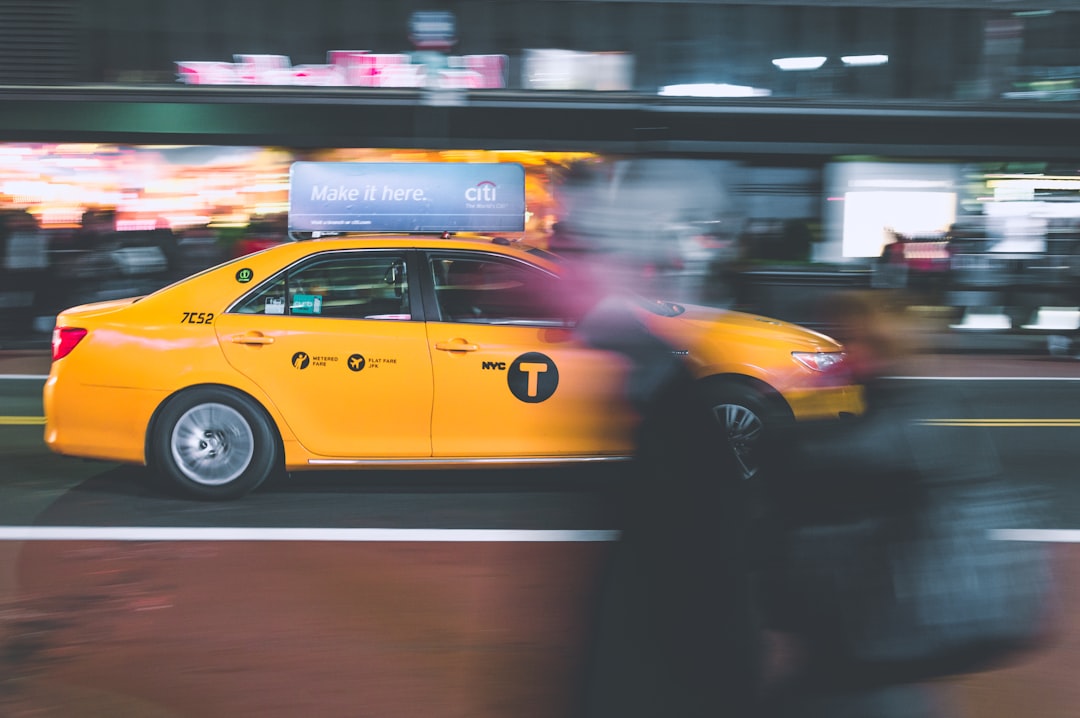 For the second time, Uber is without a license in London.
For the second time, Uber is without a license in London.
 2021 Noonies Nominee General Interview with Alesia Traichuk
2021 Noonies Nominee General Interview with Alesia Traichuk
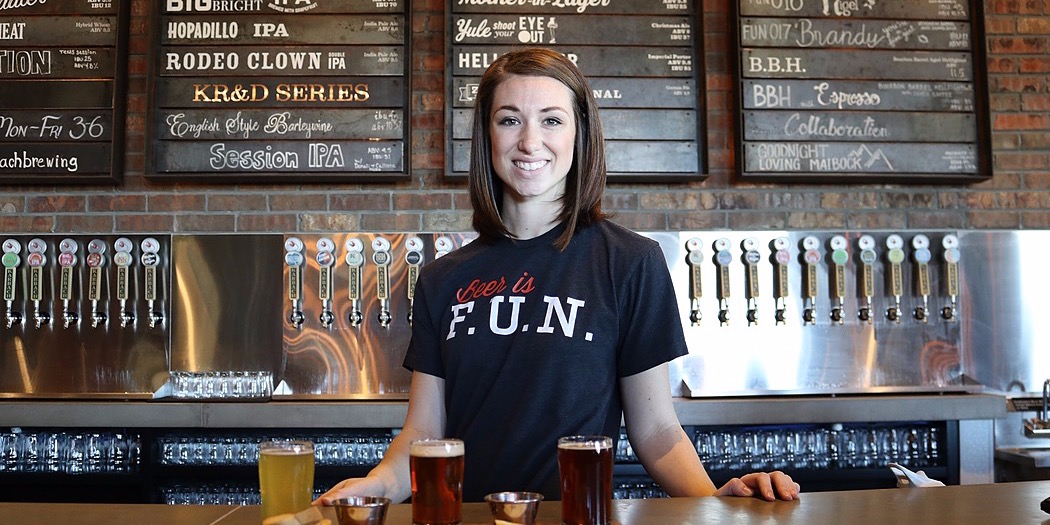 Whether you are craving a burger or Chinese food tonight, there is no need to reach for your wallet or phone to buy it. Food vendors in California are embracing facial recognition — technology that lets you pay with a smile.
Whether you are craving a burger or Chinese food tonight, there is no need to reach for your wallet or phone to buy it. Food vendors in California are embracing facial recognition — technology that lets you pay with a smile.
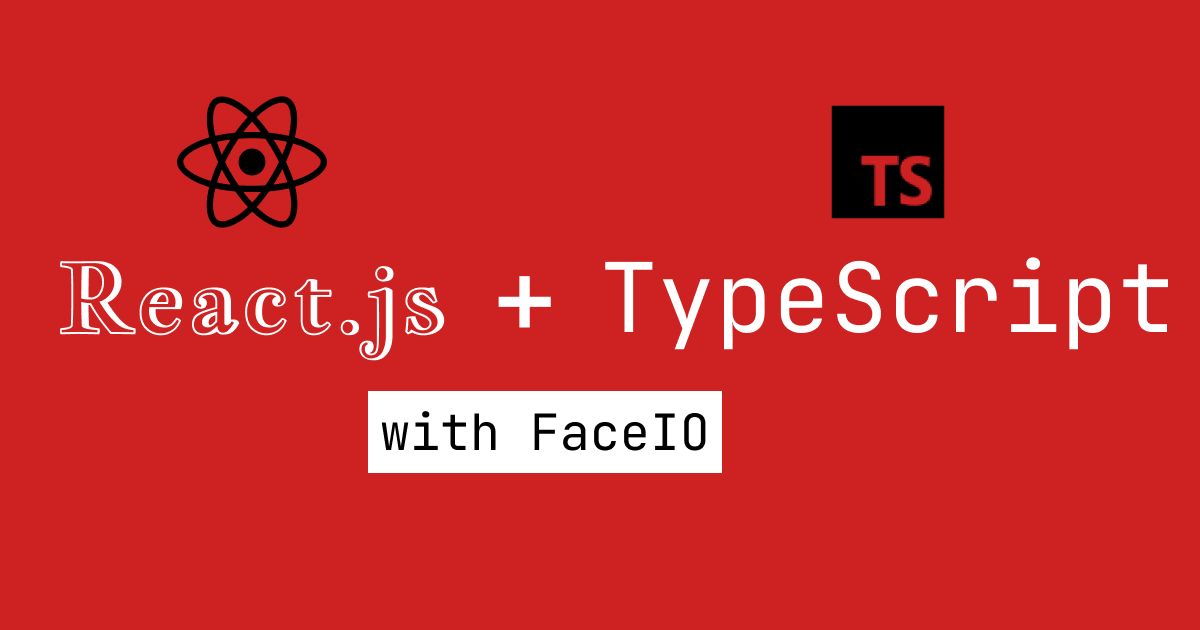 React.js, typescript tutorial showing how to add facial recognition to a website using FaceIO.
React.js, typescript tutorial showing how to add facial recognition to a website using FaceIO.
 The deployment of facial recognition technology in a school in the US marks a disturbing trend with the protection of identity and the safety of students.
The deployment of facial recognition technology in a school in the US marks a disturbing trend with the protection of identity and the safety of students.
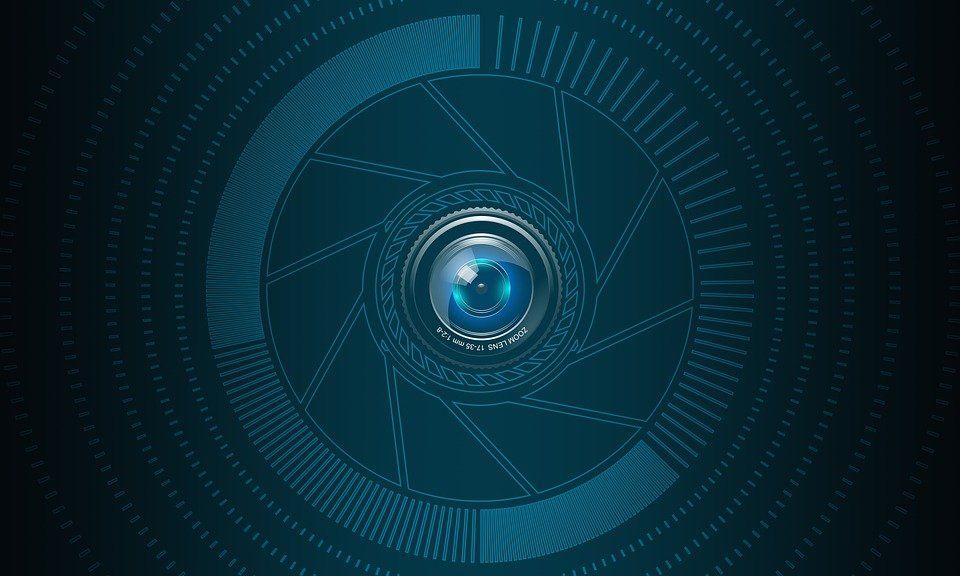 Artificial Intelligence and humanizing technology has revolutionized security and surveillance systems. Read on to find what role AI plays in security system.
Artificial Intelligence and humanizing technology has revolutionized security and surveillance systems. Read on to find what role AI plays in security system.
 Let’s take a deeper look into how AR is already entering the daily lives of millions of consumers and how it’s helping them along the way.
Let’s take a deeper look into how AR is already entering the daily lives of millions of consumers and how it’s helping them along the way.
 In a letter to congress sent on June 8th, IBM’s CEO Arvind Krishna made a bold statement regarding the company’s policy toward facial recognition. “IBM no longer offers general purpose IBM facial recognition or analysis software,” says Krishna.
In a letter to congress sent on June 8th, IBM’s CEO Arvind Krishna made a bold statement regarding the company’s policy toward facial recognition. “IBM no longer offers general purpose IBM facial recognition or analysis software,” says Krishna.
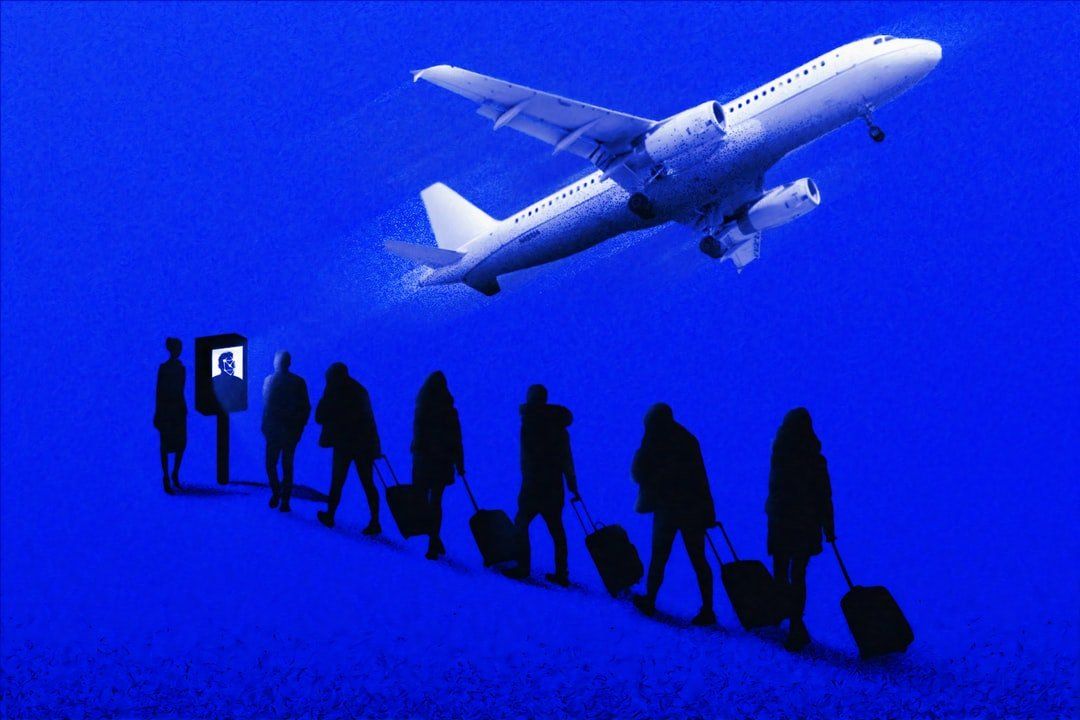 As a business owner, security is, for sure, one of the most important things you need to have in place. And so you go searching for security companies to offer you the best service. Most security companies today will not only provide you a guard but reinforce that with some technological solutions. These are CCTVs, sensors, electric rails, smart heavy doors, and, most recently, facial recognition for personalized service devices.
As a business owner, security is, for sure, one of the most important things you need to have in place. And so you go searching for security companies to offer you the best service. Most security companies today will not only provide you a guard but reinforce that with some technological solutions. These are CCTVs, sensors, electric rails, smart heavy doors, and, most recently, facial recognition for personalized service devices.
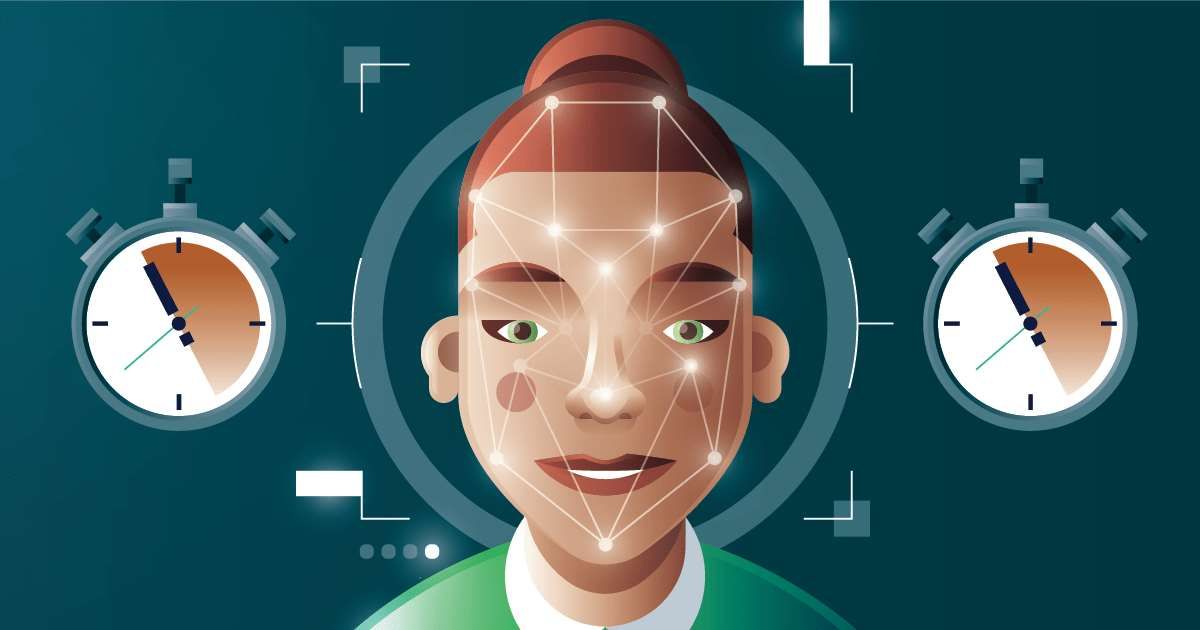 A look at how facial recognition innovation helps avoid costly time and error issues with manual time tracking.
A look at how facial recognition innovation helps avoid costly time and error issues with manual time tracking.
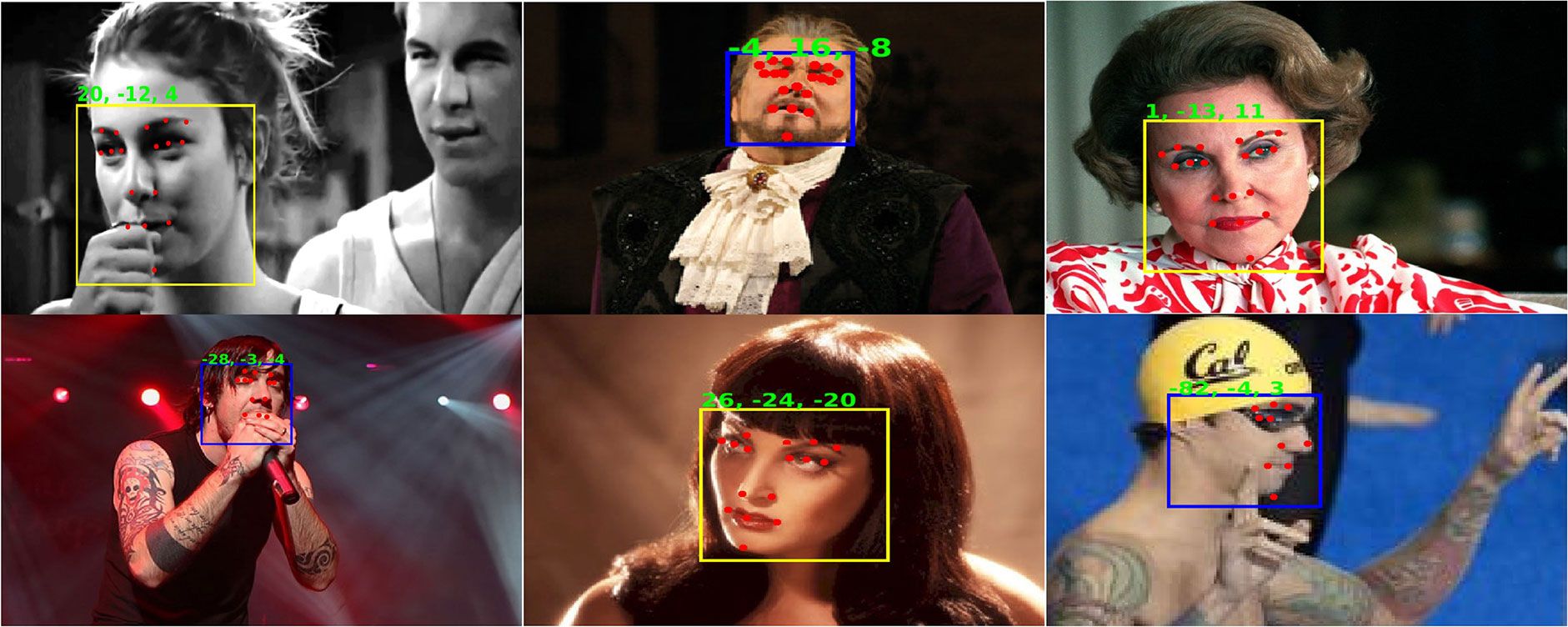 This article on face recognition datasets is one of my best-performing articles I wrote originally on Lionbridge AI. I'm happy to share it with the Hacker Noon community!
This article on face recognition datasets is one of my best-performing articles I wrote originally on Lionbridge AI. I'm happy to share it with the Hacker Noon community!
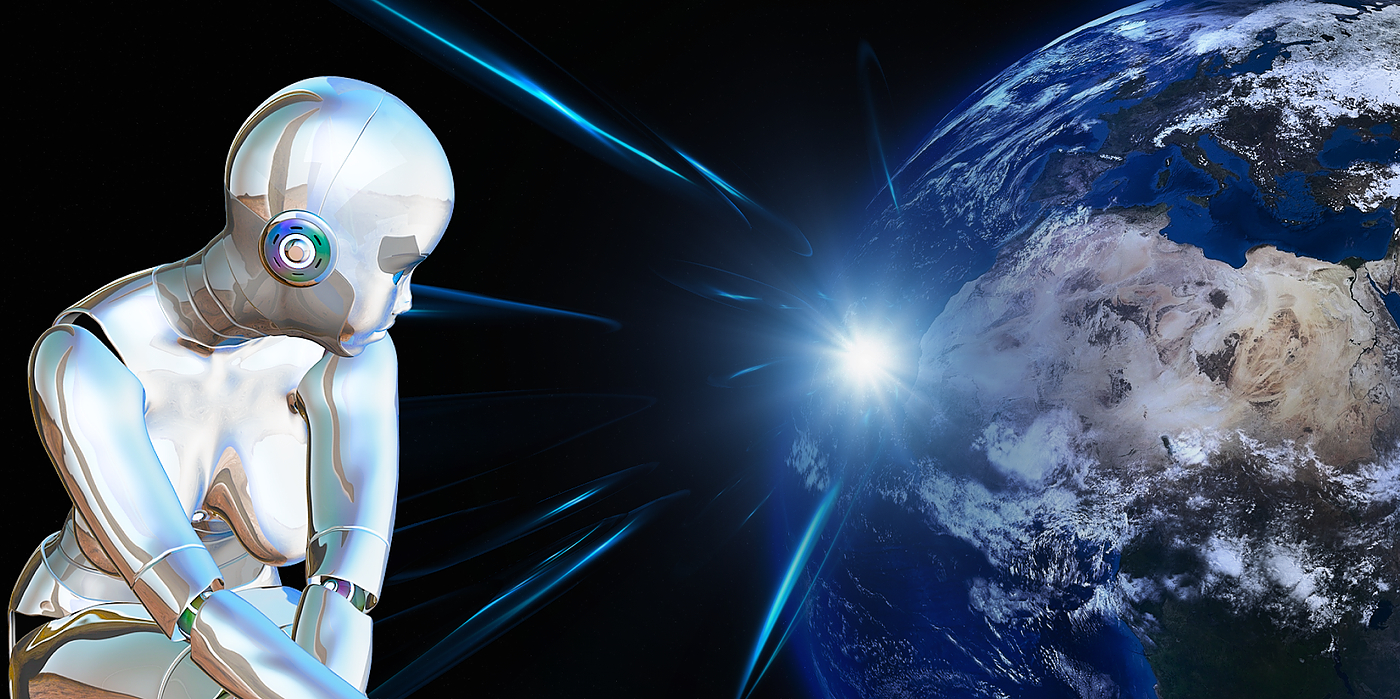 The evil cyber-intelligence from the Matrix and a cyborg killing machine from the Terminator movies - that’s what most people used to imagine when talking about the future of artificial intelligence.
The evil cyber-intelligence from the Matrix and a cyborg killing machine from the Terminator movies - that’s what most people used to imagine when talking about the future of artificial intelligence.
 Do you have any devices that turn on when they see your face? It’s convenient and kind of fun, right? And for the most part, it’s groundbreaking security technology. Facial recognition and other forms of biometric technology have the ability to identify people more quickly and more reliably, giving them faster and more secure access to their personal devices while also granting opportunities for law enforcement to positively identify and capture suspects.
Do you have any devices that turn on when they see your face? It’s convenient and kind of fun, right? And for the most part, it’s groundbreaking security technology. Facial recognition and other forms of biometric technology have the ability to identify people more quickly and more reliably, giving them faster and more secure access to their personal devices while also granting opportunities for law enforcement to positively identify and capture suspects.
 Face recognition is a method of biometric identification through an image, video, or other audiovisual element of an individual’s face. In this article we’re going to look at the biggest market players and provide a list of the best facial recognition software solutions so that you can choose the one that meets your business goals.
Face recognition is a method of biometric identification through an image, video, or other audiovisual element of an individual’s face. In this article we’re going to look at the biggest market players and provide a list of the best facial recognition software solutions so that you can choose the one that meets your business goals.
 Technically, yes, but it is not always easy
Technically, yes, but it is not always easy
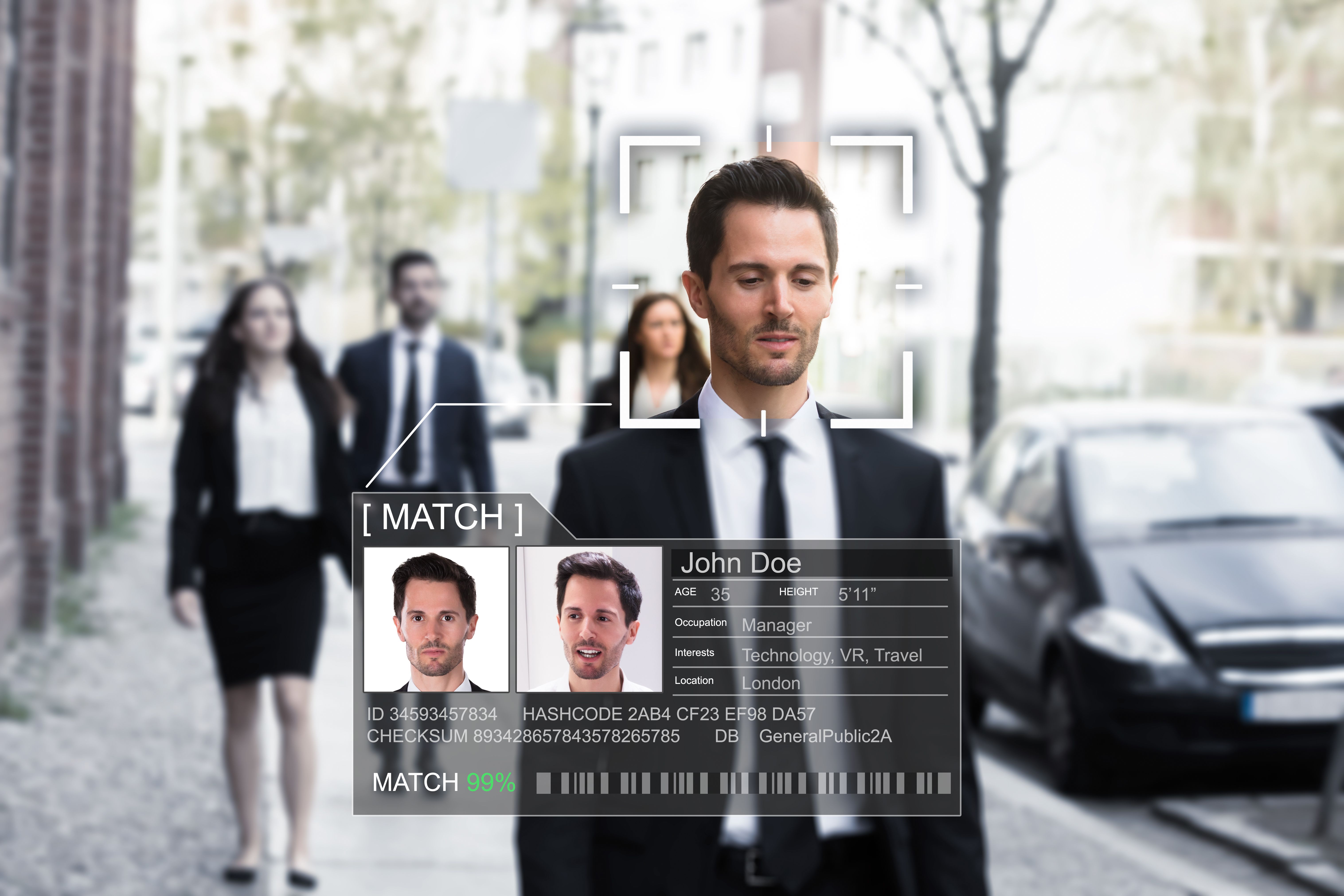 The use of Facial recognition and other AI technology in video surveillance is revolutionary for law enforcement agencies. You don’t need to go through hours of footage to look for one particular person. Through facial recognition and identification, you can jump to the exact spot in a video where the person appeared. However, there’s one challenge – compliance! Are law enforcement agencies allowed to use facial recognition, as it infringes upon the privacy of citizens? If yes, then how and when can they use them?
The use of Facial recognition and other AI technology in video surveillance is revolutionary for law enforcement agencies. You don’t need to go through hours of footage to look for one particular person. Through facial recognition and identification, you can jump to the exact spot in a video where the person appeared. However, there’s one challenge – compliance! Are law enforcement agencies allowed to use facial recognition, as it infringes upon the privacy of citizens? If yes, then how and when can they use them?
 Facial recognition isn't just a neat little gimmick to unlock your iPhone or save a couple minutes at the airport—it's a dangerous weapon wielded by abusive governments to silence dissidents, and the more mainstream this technology gets, the more powerful a weapon it becomes.
Facial recognition isn't just a neat little gimmick to unlock your iPhone or save a couple minutes at the airport—it's a dangerous weapon wielded by abusive governments to silence dissidents, and the more mainstream this technology gets, the more powerful a weapon it becomes.
 With the spread of COVID-19 wearing face masks became obligatory. At least for most of the population. This created a problem for the current identification systems. For example, Apple’s FaceID struggled to recognize faces with masks.
With the spread of COVID-19 wearing face masks became obligatory. At least for most of the population. This created a problem for the current identification systems. For example, Apple’s FaceID struggled to recognize faces with masks.
 A facial recognition demonstration using Keras, Tensorflow, python and the drone Tello, from DJI.
A facial recognition demonstration using Keras, Tensorflow, python and the drone Tello, from DJI.
 Facial recognition systems cannot identify people of color if the datasets used to train these systems contain minimal biometric data to represent them.
Facial recognition systems cannot identify people of color if the datasets used to train these systems contain minimal biometric data to represent them.
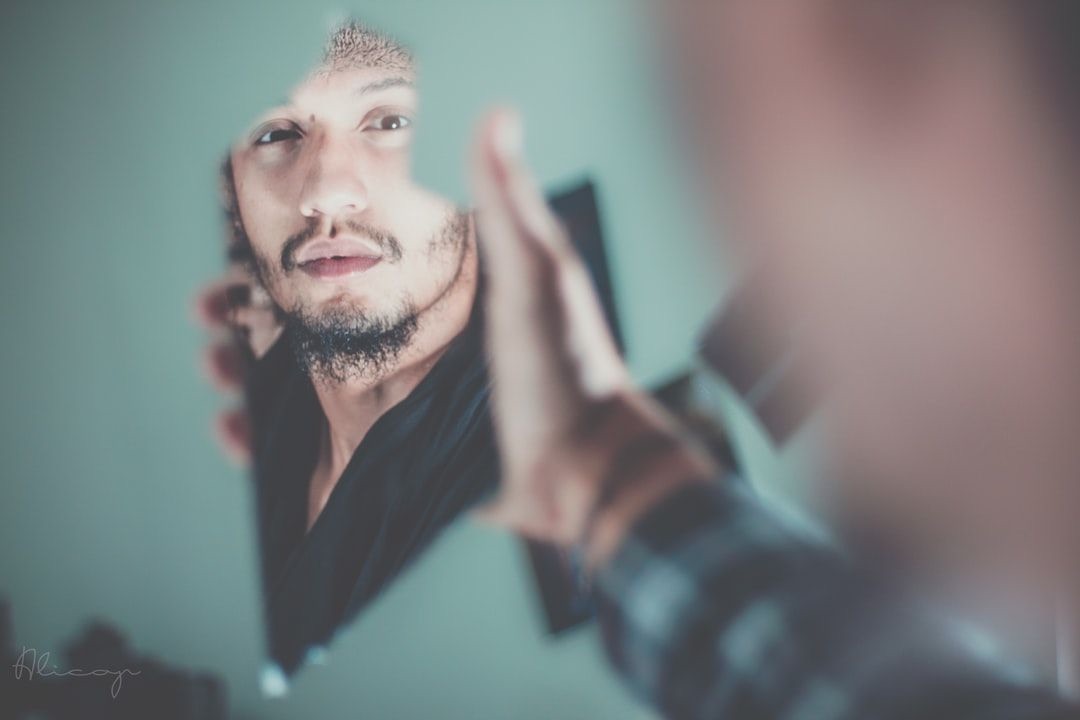 With the help of a facial recognition system, federal agents could capture a person suspected of illegal activity.
With the help of a facial recognition system, federal agents could capture a person suspected of illegal activity.
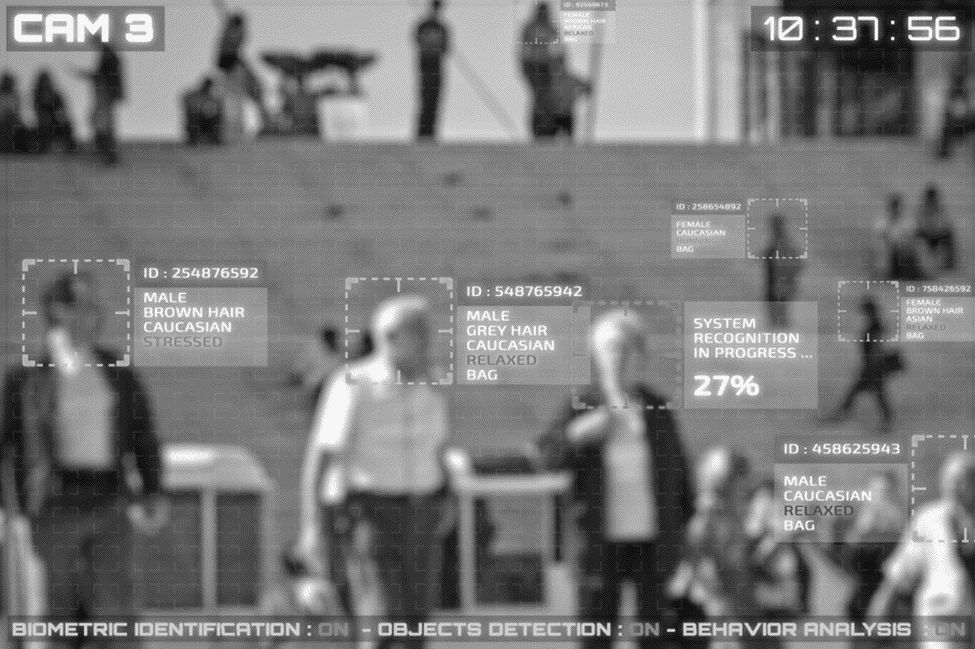 In 1949, George Orwell wrote his dystopian novel Nineteen Eighty Four that described a future society in which the government continuously monitored everyone’s actions and conversations. AI technology has now made that level of monitoring possible, and society needs to cope with the consequences.
In 1949, George Orwell wrote his dystopian novel Nineteen Eighty Four that described a future society in which the government continuously monitored everyone’s actions and conversations. AI technology has now made that level of monitoring possible, and society needs to cope with the consequences.
 Will the surveillance measures we take to encourage protective behaviors and prevent the spread of disease ultimately expose us to even greater (privacy) risks?
Will the surveillance measures we take to encourage protective behaviors and prevent the spread of disease ultimately expose us to even greater (privacy) risks?
 The future of biometrics in the mobile paradigm is bright. But what does this mean for users?
The future of biometrics in the mobile paradigm is bright. But what does this mean for users?
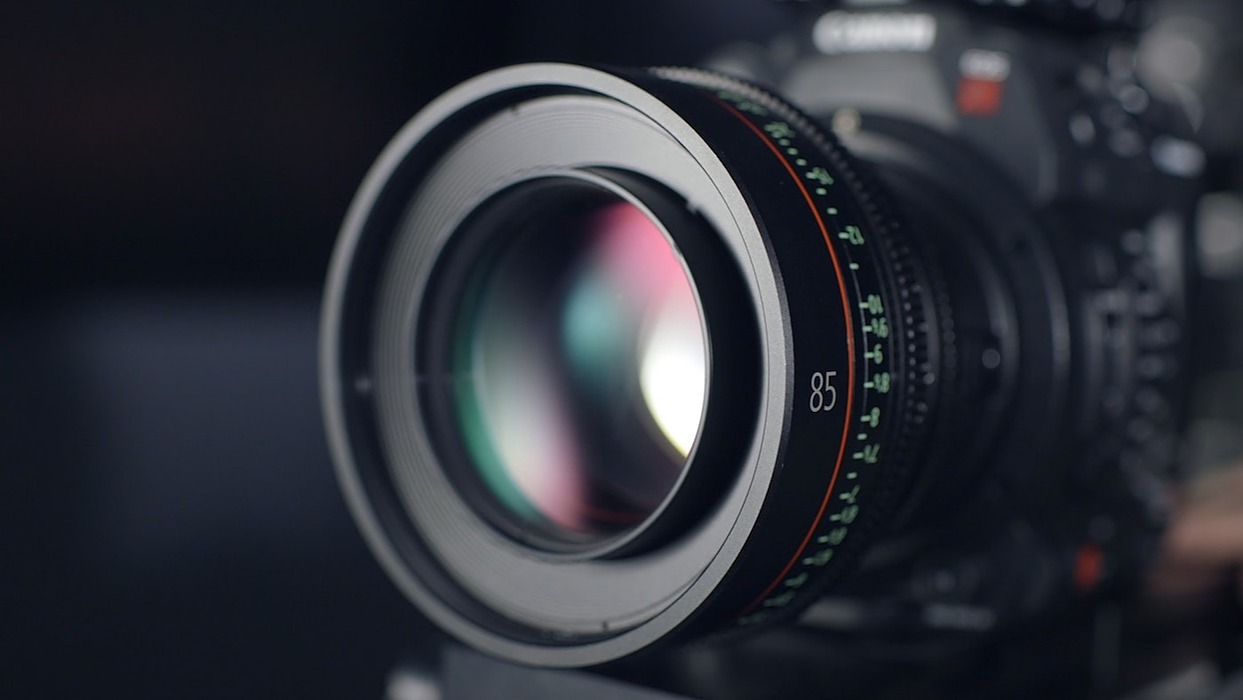 Several months ago, saying that the “cure” that facial recognition offers is worse than the ills it solves would have seemed hyperbolic. But now, the metaphor has become all too literal -- and the medicine it promises isn’t quite so easy to reject when sickness is sweeping the globe.
Several months ago, saying that the “cure” that facial recognition offers is worse than the ills it solves would have seemed hyperbolic. But now, the metaphor has become all too literal -- and the medicine it promises isn’t quite so easy to reject when sickness is sweeping the globe.
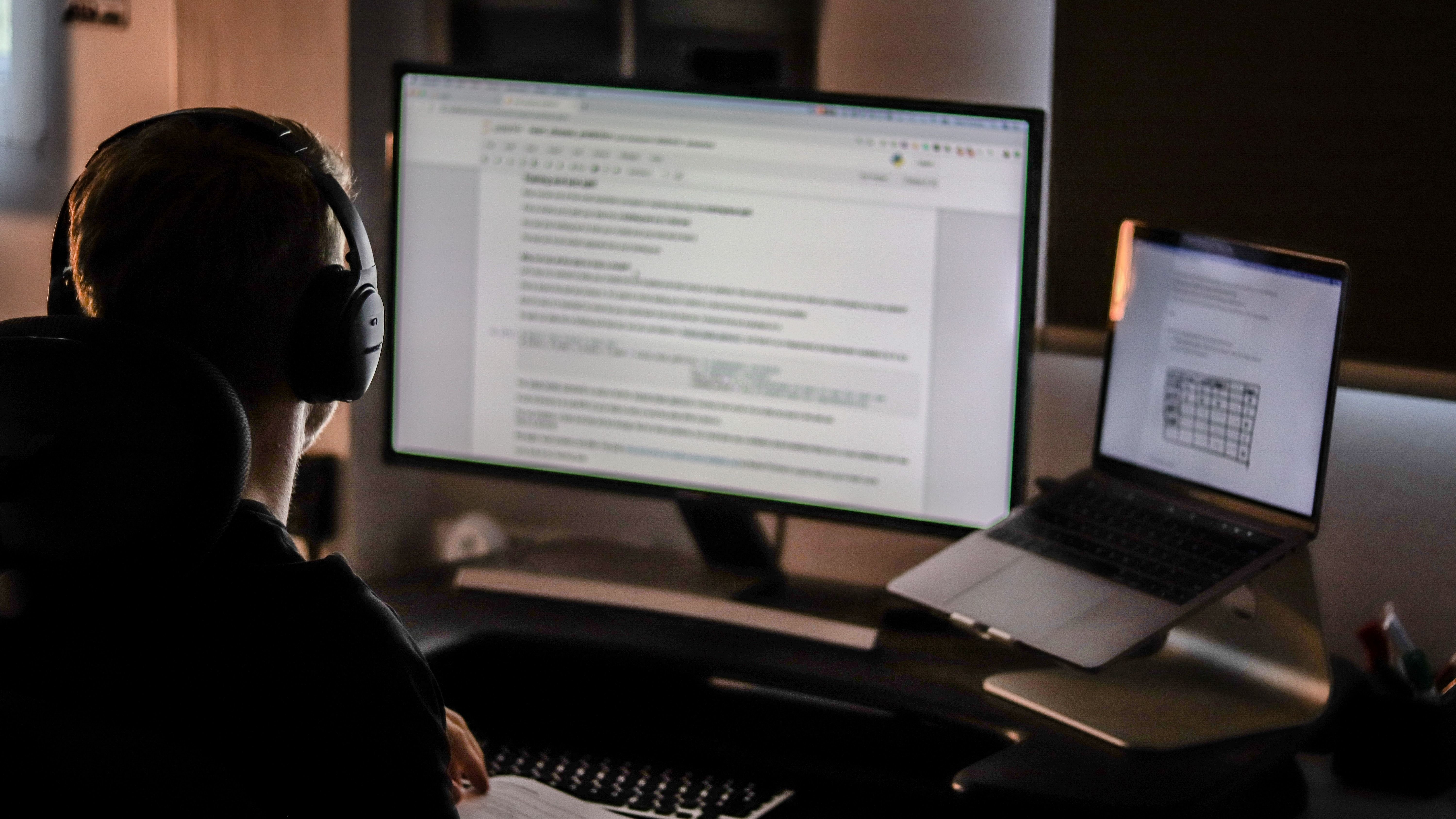 The field of machine learning is becoming easier and easier to enter thanks to readily available tools, a wide range of open source datasets, and a community open to sharing ideas and giving advice. Almost everything you need to get started is online; it's just a matter of finding it.
The field of machine learning is becoming easier and easier to enter thanks to readily available tools, a wide range of open source datasets, and a community open to sharing ideas and giving advice. Almost everything you need to get started is online; it's just a matter of finding it.
 In this thread, our community discusses Clearview's endeavor and the backlash that followed.
In this thread, our community discusses Clearview's endeavor and the backlash that followed.
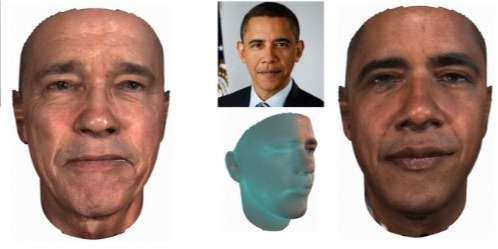 If you couldn’t make it to CVPR 2019, no worries. Below is a list of top 10 papers everyone was talking about, covering DeepFakes, Facial Recognition, Reconstruction, & more.
If you couldn’t make it to CVPR 2019, no worries. Below is a list of top 10 papers everyone was talking about, covering DeepFakes, Facial Recognition, Reconstruction, & more.
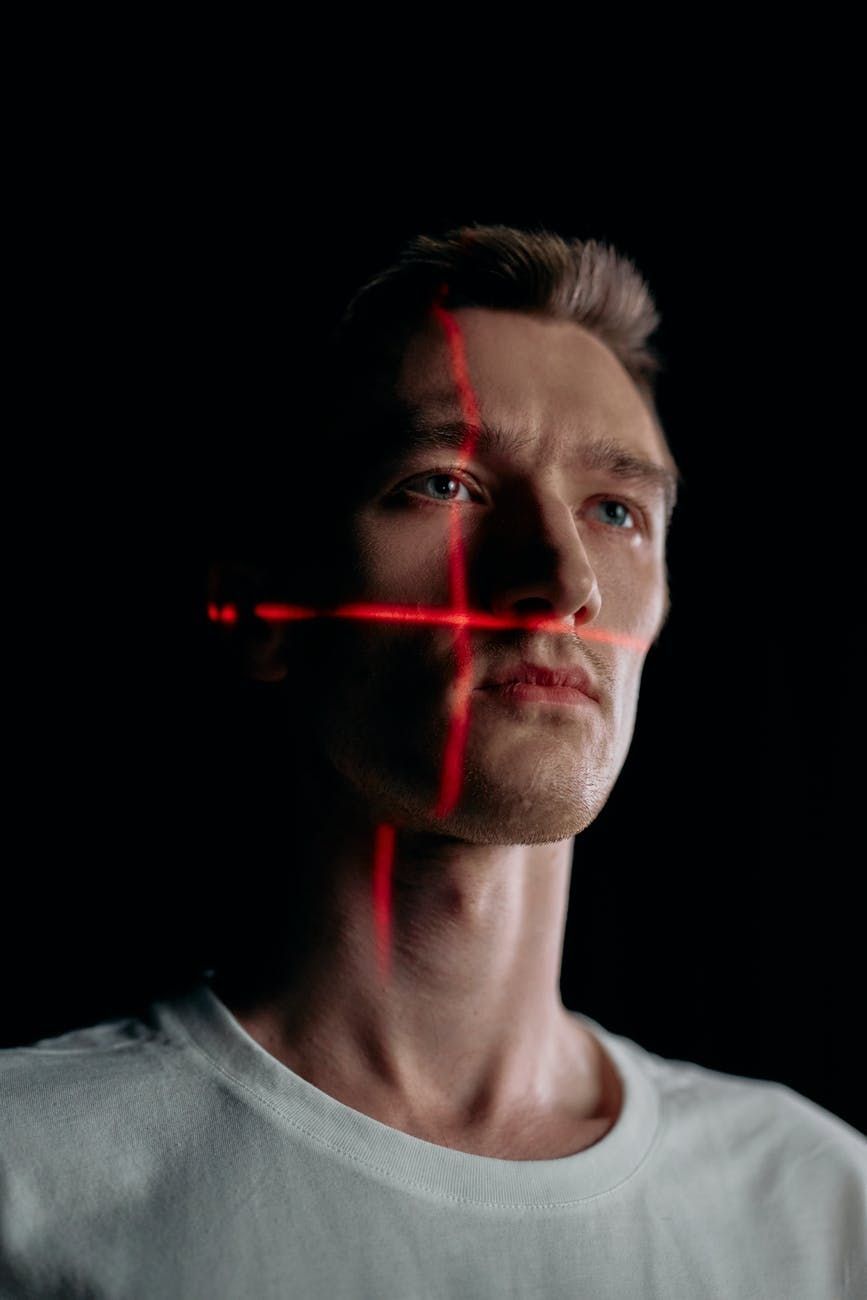 Facial recognition is an upcoming feature. We see it in marketing and in our devices. In this slogging thread, we discussed the pros and cons of this feature.
Facial recognition is an upcoming feature. We see it in marketing and in our devices. In this slogging thread, we discussed the pros and cons of this feature.
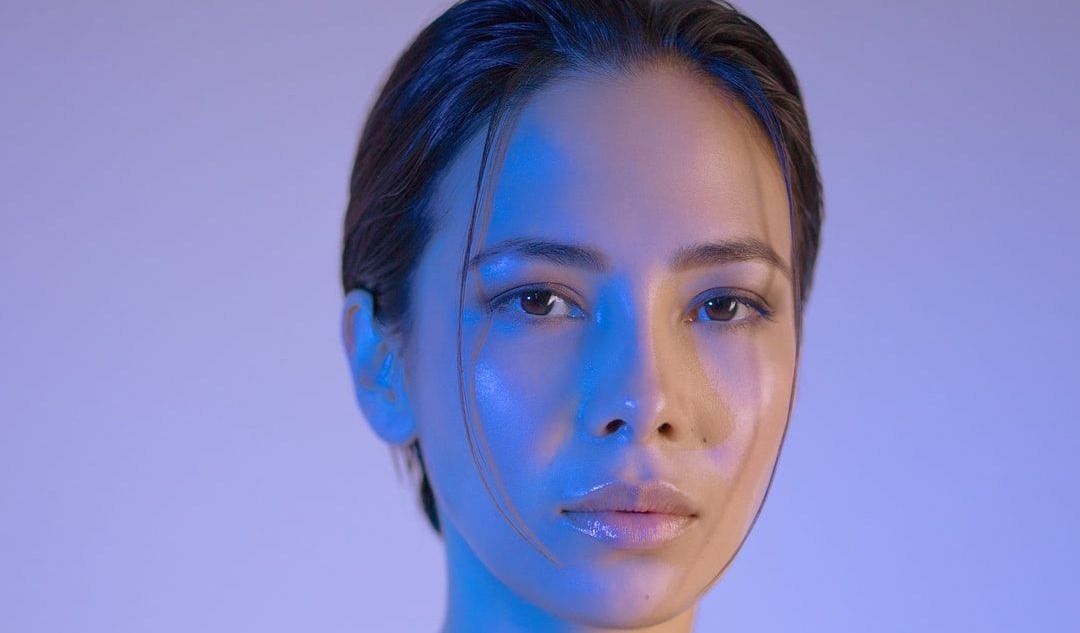 Facial recognition is everywhere. What once started as an attribute specific to sci-fi movies is now a part of everyday life: we rely on facial recognition every time we unlock our phones, tag friends in a Facebook post, or go through customs.
Facial recognition is everywhere. What once started as an attribute specific to sci-fi movies is now a part of everyday life: we rely on facial recognition every time we unlock our phones, tag friends in a Facebook post, or go through customs.
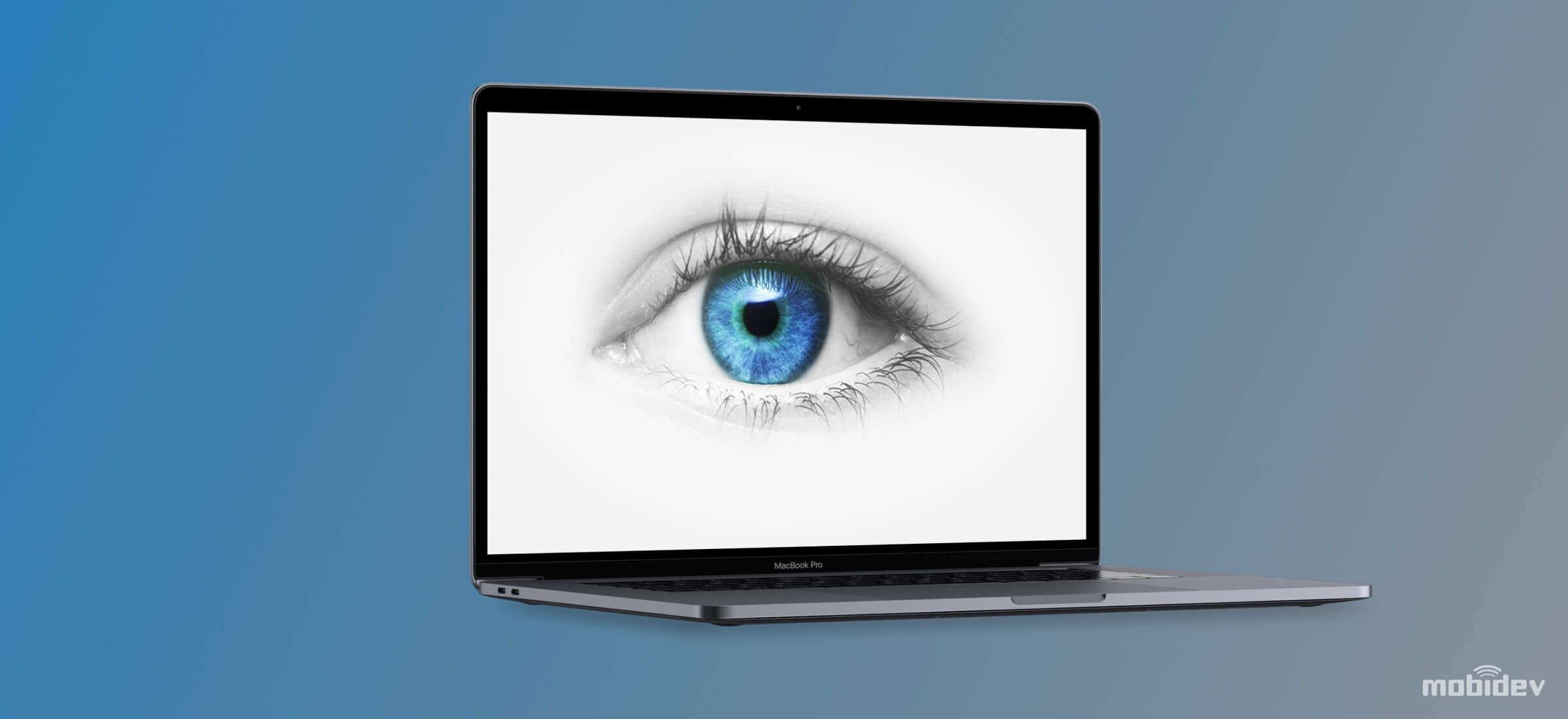 “Why should I care about a cool new technology until it’s solving any of my problems?” – this was the exact conversation I had with the executive of a water purification plant over a warm cup of coffee.
“Why should I care about a cool new technology until it’s solving any of my problems?” – this was the exact conversation I had with the executive of a water purification plant over a warm cup of coffee.
 Cybercrimes continue to be rampant and most people continue to wonder about their safety and that of their information.
Cybercrimes continue to be rampant and most people continue to wonder about their safety and that of their information.
